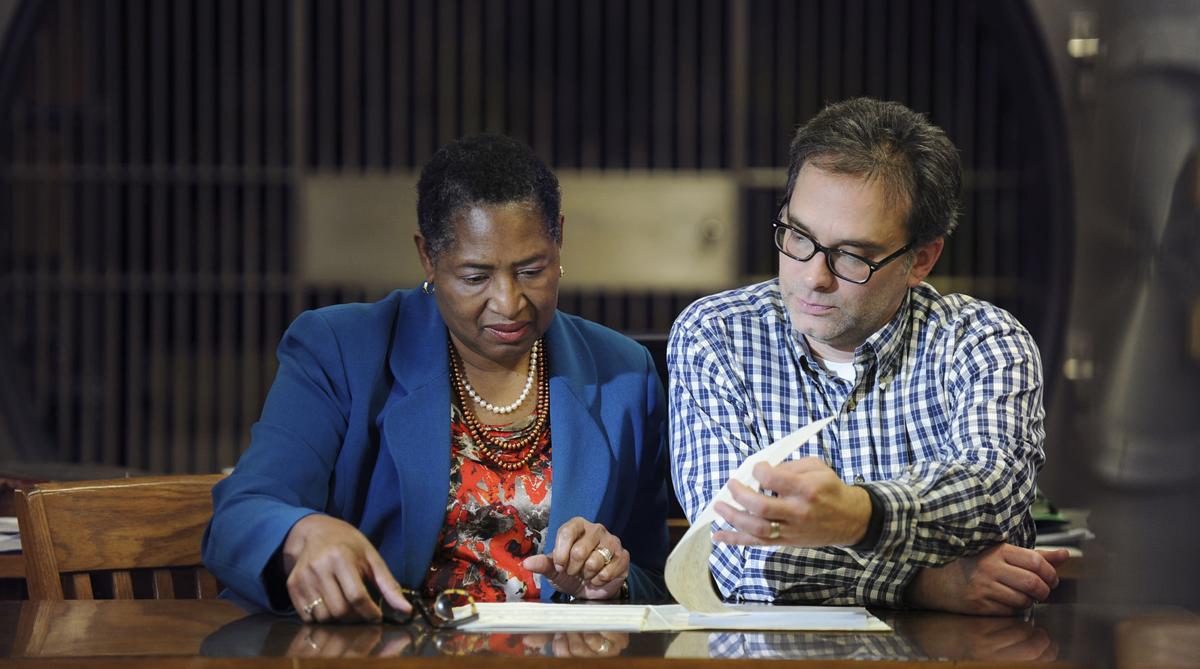
Why would a Morgan County freeman have petitioned to become a slave in the early days of the Civil War? It's a mystery that has puzzled historians, but the disturbing answer recently was discovered.
Morgan
County Archivist John Allison, while researching an agent who worked
with the Freedman’s Bureau in Decatur during Reconstruction, found a
letter regarding Reuben Patterson.
Patterson,
who was born a freeman of color named Pleasant Martin, gives details in
the 1866 letter about why he petitioned the Morgan County probate court
in 1861 to put him into slavery.
“There
have been a lot of stories written and told, but none answer why a man
would give up his freedom to become a slave,” Allison said.
More @ Decatur Daily

I smell a rat. Maybe it's just that the news media has lied to me so often that I don't believe anything any more. But when an "archivist" spends her whole life studying one person and then miraculously finds a document about that person, I instantly suspect fabrication. She wanted to publish a story, so she made one up. Just a guess.
ReplyDeleteI started not to publish this after finding no collaborating evidence. It would have been quite simple for them to post the document which makes it even more suspicious although that could be faked also.
DeleteI too am skeptical of anything and yes, it could be a conspiracy between the two, but in this story it was John Allison who found the letter when it was recently posted online by the "freeman's bureau". Peggy Towns, the historian, had only studied Patterson while doing research for her book about blacks/slaves who fought for the Confederacy. She knew of is petitioning the Judge of Probate of Morgan County to be "enslaved", but only had a theory (which turned out to be wrong) as to why he did that. It is little known and an odd story. If I can more information, I will pass it along.
DeleteGood info and thanks.
DeleteDocuments from that era are notoriously easy to fabricate. Most experts cannot tell the difference. About ten years ago there was a famous case from even further back where two archaeology magazines took opposing sides with regard to the authenticity of the "bone box" of Jesus. Both sides supported their claim with scientific evidence that came to exactly opposite conclusions. The arguments consumed every edition of the magazines for a whole year before they agreed to disagree. From that, I learned that experts on historical artifacts are not as smart as they pretend.
ReplyDeleteI learned that experts on historical artifacts are not as smart as they pretend.
DeleteYes, evidently.
It is in the Bible itself in Exodus. Sometimes people prefer the security.
ReplyDelete